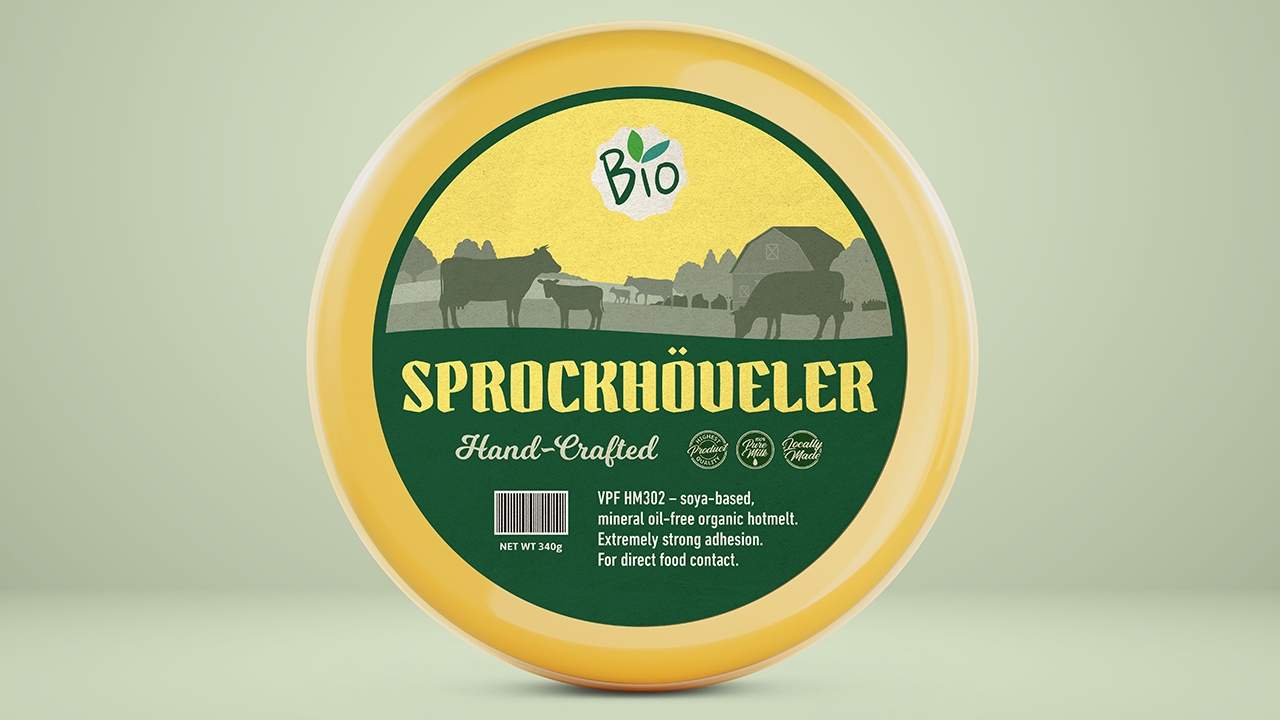Green 301

The label and package printing industry is fully aware of what it means to be more sustainable in manufacturing products for end users and consumers – reducing, reusing and recycling wherever possible while communicating such actions to the value chain. An Environmental Management System remains as the first step in meeting environment protection guidelines, a proven positive, cost-effective business decision. Long term material value and recyclability of packaging using various label formats continue to be regularly debated points of emphasis that each global region continues to address.
EMS and certification
The International Organization for Standardization (ISO) 14000 Certification Series is a set of international standards from which an environmental management system (EMS) can be developed for the entire print process. It is important that a company consider all aspects of its operation when developing an EMS, which can be achieved either inside or outside the 14000 certification process. Once achieved, it is the company’s responsibility to review the operational controls established through the EMS process on a regular basis, making modifications as needed. Documentation of actions taken provides proof of accountability and demonstrates responsible care.
Material value
Co-authors of Cradle to Cradle, William McDonough and Michael Braungart believe the world’s smartest manufacturers acutely understand every material’s value, use cycles and their customer’s long term relationship with their product or brand. It is imperative that label converters maintain the value of material as it departs from their production facilities; leading brand owners and retailers continue to adopt initiatives like zero waste to landfill.
Most of the materials used to manufacture labels can be reprocessed and used for purposes such as alternative energy or artificial AstroTurf, and down-cycled products such as low grade brown paper toweling.
The global label community continues to strive for increased recovery of spent release liner and film; however, this is no easy task as volume, location and cost complexity remain as intense challenges to be overcome.
The world consumes more than 1.4 million tons of pressure-sensitive labels each year. Release liner consists of as much as half of the construction of a pressure-sensitive label. There has been much effort amongst material suppliers and ancillary partners to increase the recycling rate of pressure-sensitive label release liner. Still, the current recycling rate is low, at between 8-12 percent for paper or film globally. Pressures for zero waste are being felt throughout the greater packaging industry. It is only a matter of time before secondary packaging markets too are reviewed with more sustainable scrutiny, which is why leading global associations Finat and TLMI have initiatives to push change.
How2Recycle progress
The Sustainable Packaging Coalition’s Labeling for Recovery Project (LRP) kicked off in May 2007 with the goal of creating a clear recyclability message for consumers through a widely accepted on-pack label. By improving message clarity, the How2Recycle project strives to increase Recycle Reach and Recycle Rate of primary packaging containers.
The project has been developed around the ISO 14021 standard and the US FTC (Federal Trade Commission) Guides on the use of environmental marketing claims.
The SPC launched the pilot of the How2Recycle label in 2012 with 12 participating companies including General Mills, Clorox and Minute Maid. Testing revealed the label to be easily understood by consumers, to elicit consumer action, to convey a positive impression during a product’s in-use phase, while meeting FTC requirements. Today more than 60 companies have adopted use, with Nestle Waters North America announced as the scheme’s most recent participant. The SPC targeted to have the label incorporated on the majority of consumer product packaging used in North America by 2016, yet while it’s fallen short of this target, the project continues to gain traction and improve awareness throughout the value chain.
Shrink design for recycling
The industry continues to work on ways in which labels avoid PET bottle flake contamination during the washout processes in recycling. There are two issues when it comes to shrink label substrates and PET flake contamination. Firstly, sleeve labels are relatively thick and PET bottles are about half as thick as they were five years ago. This would require improved elutriation. Secondly, shrink sleeve labels typically require separation from the PET container.
The two main options for overcoming recycling stream compatibility issues for shrink sleeve labels are: (1) shrink labels designed with a perforation that allows consumers to remove the label prior to disposing of the container into recycling outlets. The packaging graphics should include call outs directing consumers to take action. Consumers must be enticed to remove the labels while the industry strives to make changes to perforate labels for removal while maintaining performance. If the labels are not removed prior to disposal, recyclers rely on propriety mechanical separation used by only a few PET recyclers.
And (2) floatable materials that easily separate and remain buoyant in the wash-out process. The density needs to be well below 1.0 (.995 or less) in order for material and polyester to separate (Plasticsrecycling. org). Within the SPCs’ Labeling For Recovery Project, committees are working on floatable label performance. The challenge with this solution is the ability of recycling conveyer sensors to tell the difference between shrink-wrapped bottles and wet-glue or PS labeled containers. The sensors only read ‘PET’ or ‘no PET’.
As brands look to embrace shrink sleeves to increase sales and reap the decoration benefits of the technology, the labels should be designed to empower and educate consumers, and must allow recyclers to profitably close the recycling loop.
Read this opinion in L&L issue 3, 2017, and here
Stay up to date
Subscribe to the free Label News newsletter and receive the latest content every week. We'll never share your email address.


